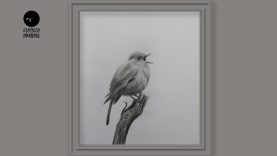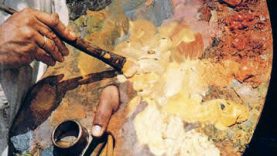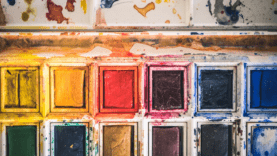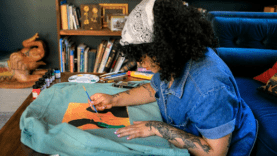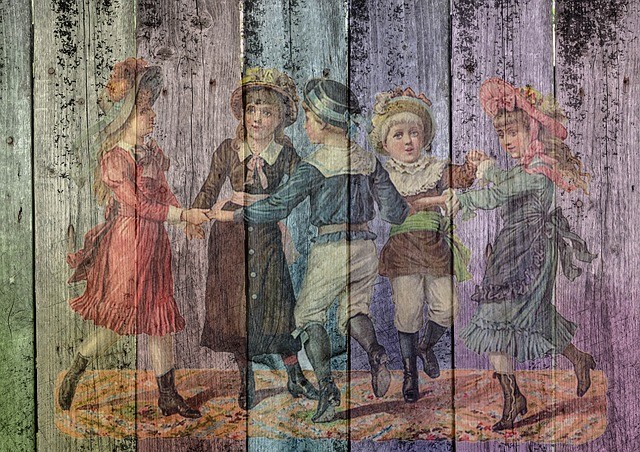
How to paint on wood panels with acrylics
Painting on wood panels
Painting on wood is not a new activity; in fact, people have painted on wood panels since ancient times. Wood panels were the preferred painting surface up until the late 15th century. Wood board paintings were popular among Jan van Eyck (Ghent altarpiece), Albrecht Durer (Self-portrait at the age of Twenty-Eight) or Johannes Vermeer’s famous Girl with a Red Hat.
Lately, wood panel paintings have a resurgence and it can be done by anyone. Probably the most important question is the type of wood that we use. Generally Italian Old Masters used white poplar while Dutch painters preferred oak. Whatever your preferred wood is, it is important for the wood to be well dried.
What wood panels can be used for your Art projects?
- Plywood could be a good choice. Avoid painting on a thin plywood panel, especially if you are going to paint a large size painting. Plywood is made by alternating several layers of wood and intersecting their grain direction: this makes plywood quite durable and resistant to moisture.
- MDF (Medium-density fibreboard) is a cheap alternative but it’s very stable and durable. I’ve used it many times with great satisfaction.
- Hardboard (HDF) it’s a high-density fiberboard similar to MDF. It’s cheap and after a proper prep, it can be used as a painting surface.
- Old wood: you can find old cabinet wood panels or drawers.
Wood – A durable and sturdy surface
While canvas is the preferred medium today, wood is just as durable and beautiful. To realize this, it is best to take it upon ourselves to realize the beauty of painting on wood by actually painting ourselves.
However, some are wondering if oil paints or acrylic (water-based) paints are best for wooden surfaces: both can be used to paint on wood with good results but in this article, we’ll talk about acrylics painting.
If you are more interested in oil painting, you can read this article about how to prepare the wood board following the Cennino Cennini’s process.
Can you paint acrylic directly on wood?
Yes, you can but the result won’t be amazing: wood is very absorbent and it would drain the acrylic color leaving it dull and opaque. To avoid this problem, I suggest following all the steps on the list below.

How to prepare the wood board for acrylic painting
Painting on wood requires a system of painting which involves:
- sanding the wooden surface to have a smooth surface;
- removing dust and other residual sawdust;
- if the panel is thin and it bends easily, you can apply a coat of thinned wood glue on both sides of the panel, this way the board will remain flat and the wood grain will be sealed
- applying a coat of water-based primer or acrylic gesso; and,
- once the primer doesn’t look thin or spotty and has dried, applying a coat of water-based paint in the wood grain direction. Afterward, add another layer of paint if necessary and allow drying overnight;
- sanding the gesso to make the surface smooth and uniform.
This system or process is adopted to make sure that paint lasts long and protects the wooden surface from natural decay. Acrylics possess adhesion, flexibility, mildew resistance, and breathability. They also have color and gloss retention and chalk resistance (which is its ability to stay stable and avoid erosion which produces the powdery layer on the surface of the paint).
Choose Your Project and Get Started
With acrylic, you can paint anything you desire on a wooden surface. Whether it is painting wood yard signs, jewelry boxes, doors, and other wooden items, acrylics can really make sure that any unfinished wood item gets a special design that you yourself made.
Proper drying is very important when working on wood, thus patience is needed as most projects cannot be completed in one day. For further protection, a coating of epoxy resin can be added that will further protect the wood panel surface.






